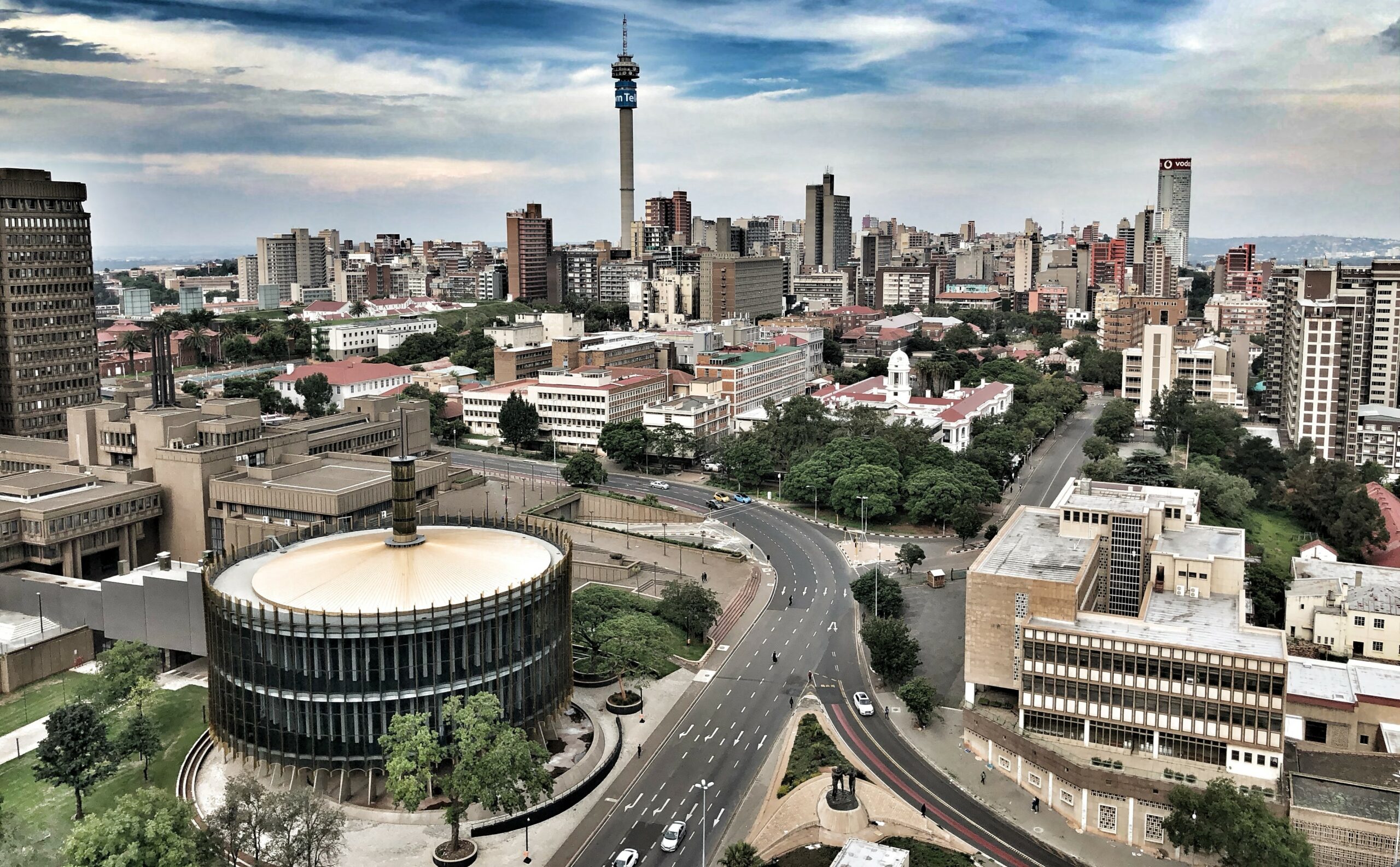SA Insights
Government must stay out of infrastructure, says Sita boss
Bongani Mabaso promises to return the State IT Agency to its original mandate, writes ARTHUR GOLDSTUCK.
This week’s national strike by workers at the State Information Technology Agency (Sita) seemed to have little impact on the operations of government departments – and that is bad news for the government. It highlights the extent to which low-grade performance of government IT has become an expectation to the extent that even the disruption caused by a strike feels like business as usual.
Dr Bongani Mabaso, appointed CEO of the embattled agency last year, says he intends to change both this perception and the performance of Sita.
In an exclusive interview, he said that his top priority was to return the organisation to its original mandate.
“Over the years the focus has shifted more and more to being a procurement agency at the expense of the core mandate imperatives. Our strategy now is to refocus Sita back to its original mandate.
“The government should have no significant role to play when it comes to infrastructure. It should drive that agenda through policy and an enabling legislative environment. Where infrastructure is not available or it is uncompetitive for the private sector to provide, only then should the government step in.
“For everything else, the government should simply leverage the infrastructure that is there, and it is no different for the Sita.”
While government departments may have low-functioning IT, such as Home Affairs computers being offline regularly, resulting in long lines for identity cards and passports, he said, Sita itself was highly capable.
“Sita is an incredibly run machine. It may not be obvious to everyone, but some of the most critical systems necessary for running the administration of government and the enablement of service delivery through mission-critical services are all managed and run by the Sita.
“Where Sita has struggled is its ability to change and bring in new innovation, which is something we are addressing, especially through an ecosystem-led approach and partnerships with relevant public and private sector entities. But in so far as running the systems is concerned, Sita has developed great capability and organisational memory in doing that.
Like anything, it needs to be continuously improved as you can imagine.”
The answer, he said, aside from the imperative to “go back to the original mandate”, was threefold:
- Focus on public services, in other words e-services that citizens actually want to use;
- Efficiency, by automating basic backend services and providing reliable, cost-effective solutions with a quick turnaround time; and
- Increasing cyber-resilience across government.
“Sita needs to create sufficient bandwidth to execute the requirements of the government and to also guide and advise on its digital transformation strategies. Government departments must then lead the conversation and programmes, and find a dependable and reliable Sita to assist them to meet their objectives.”
The private sector has a crucial role to play in achieving these objectives, he says.
“Sita is open to partnership with the private sector. Sita sits uniquely in the information and communications technology (ICT) ecosystem in South Africa, where it has responsibly managed ICT resources on behalf of the public, but also to amplify those resources by partnering with the private sector, thereby increasing impact.”
A crucial question is whether Mabaso will be allowed to take the necessary steps to achieve these objectives, given that government intervention in state owned enterprises has tended to hamper rather than enhance their performance.
He is adamant that he has the full support of the Minister of Communications and Digital Technologies.
“The Minister has both been publicly and privately supportive of the direction and efforts that are being made to turn around this entity, for which we are incredibly grateful. The board has also been supportive, and we have managed to chart a clear path forward towards turning around the entity. So I think we have the necessary support in place to deliver on our mandate.
“Another aspect of support has been from clients and industry at large. The support I have received from both has been humbling, and my aim is to utilise this support to accelerate the delivery of Sita’s mandate in a model that shares risk and reward.”
Surprisingly, Sita is not dependent on handouts from the Treasury.
“Sita is also a going concern. It does not depend on direct funding from the government, and makes its revenues directly from fees charged to clients in service delivery. We are looking to diversify our revenue base to ensure sustainability so that we can continue serving for the next decade and beyond.”
Mabaso believes that artificial intelligence (AI), a field in which he received his doctorate, can play a big role in Sita’s service delivery. He sees it “supporting service delivery, citizen convenience, automation of routine and complex processes at the back, as well as providing new experiences in which citizens can experience government service delivery”.

















